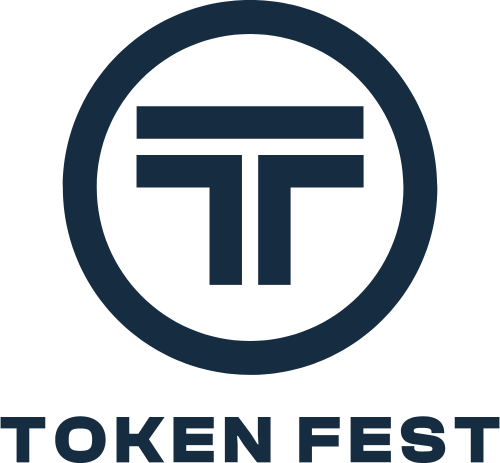Key Takeaways:
- High-Performance Blockchain: Solana is a layer-1 blockchain designed for high-speed and low-cost transactions, supporting decentralized applications (dApps) and smart contracts.
- Unique Consensus Mechanism: Combines Proof-of-History (PoH) with Proof-of-Stake (PoS) to achieve scalability without compromising decentralization.
- Diverse Ecosystem: Hosts a wide range of applications, including DeFi platforms, NFT marketplaces, and gaming projects.
- SOL Token Utility: SOL is used for transaction fees, staking, and governance within the Solana network.
- Growing Institutional Interest: Anticipation of Solana-based ETFs and increased adoption by institutional investors signal a bullish outlook.
Understanding Solana: The High-Speed Blockchain
Solana, launched in 2020, is a high-performance blockchain platform designed to support scalable and user-friendly applications. Unlike traditional blockchains that often face scalability issues, Solana offers fast transaction speeds and low fees, making it a preferred choice for developers and users alike.
The Technology Behind Solana
Solana’s architecture is built on a unique combination of Proof-of-History (PoH) and Proof-of-Stake (PoS) consensus mechanisms:
- Proof-of-History (PoH): A cryptographic clock that enables nodes to agree on the time order of events without communicating with each other, enhancing efficiency.
- Proof-of-Stake (PoS): Validators are chosen based on the amount of SOL they hold and are willing to “stake” as collateral, promoting network security and decentralization.
This hybrid approach allows Solana to process thousands of transactions per second, significantly outperforming many other blockchains.
SOL Token: The Heart of the Solana Network
The native cryptocurrency of the Solana network, SOL, serves multiple purposes:
- Transaction Fees: Used to pay for processing transactions and running smart contracts.
- Staking: Holders can stake SOL to participate in network validation and earn rewards.
- Governance: SOL holders have voting rights on network upgrades and proposals.
Solana’s Ecosystem and Use Cases
Solana’s robust infrastructure supports a diverse range of applications:
- Decentralized Finance (DeFi): Platforms like Serum leverage Solana’s speed for efficient trading experiences.
- Non-Fungible Tokens (NFTs): Marketplaces such as Magic Eden facilitate fast and affordable NFT transactions.
- Gaming: Projects like Star Atlas utilize Solana for complex in-game economies and real-time interactions.
These use cases highlight Solana’s versatility and its growing prominence in the blockchain space.
Visual Insight: SOL Price Performance
Source: CoinGecko
Institutional Adoption and Future Outlook
Solana has been gaining attention from institutional investors. Analysts predict that the potential approval of Solana-based ETFs could significantly boost its market position by increasing demand and liquidity for SOL.
Investment firm VanEck forecasts that SOL could reach $520 by the end of 2025, driven by its growing share in the smart contract platform market.
Conclusion: Embracing Solana’s Potential
Solana stands out as a high-performance blockchain with a rapidly expanding ecosystem. Its innovative technology, diverse use cases, and increasing institutional interest position it as a formidable player in the crypto space. For investors and developers seeking scalability and efficiency, Solana offers compelling opportunities.
Disclaimer: This article is for informational purposes only. It is not financial advice. Always do your own research (DYOR) before investing in cryptocurrencies.

Alma Sarah is a freelance writer and marketing consultant. Alma specializes in content marketing, SEM, SEO and social media strategy. When she’s not writing, Alma enjoys hanging out with friends, cooking, and spending time with her family.





